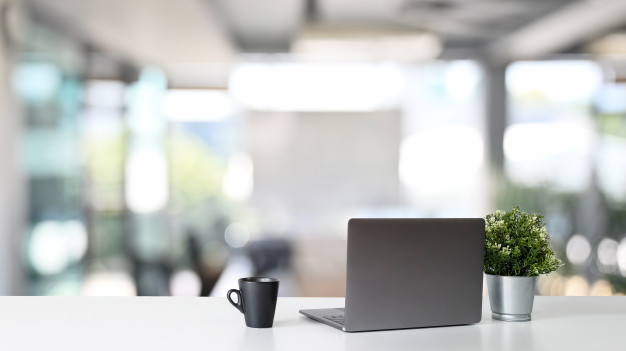Many companies are adopting an open office environment to promote collaboration. The open space environment contributes to greater communication between employees regularly, creates a relationship among staffs, increases the flow of information among team members, provides access to advice or assistance with ease without having to knock on the private office cabin of manager or schedule a formal meeting, and drives greater innovation.
Based on business objectives, it is determined that the open office environment is necessary to improve the exchange of information at all levels for the rapidly growing company. This would design an open leadership community rather than providing private offices for each member of the senior leadership.
The open workspace would solve an issue that had been struggling for years – like whether the executives are in the office, traveling, in the middle of a conversation, or available to assist in sharing guidance with peers and so on. An open ecosystem would visually signal the presence of the colleagues to accelerate decision-making at the top level of the enterprise. This, in turn, would increase the workflows throughout the entire organization.
By keeping ease of communication and collaboration aside, we can look at the open office environment as a kind of space that is accessible for everyone. This means everyone has access to the same spaces with the same facilities. Especially in the modern workplace nowadays, with the negotiation of the space, we witness the flattening of the organizational hierarchy. The open workspace also articulates that the employees are also part of the company culture and the brand will be reflected in the design of the workspace, thus boosting morale and inspiring better productivity levels.
Since the early 70s, the open office concept has gained lots of traction. In fact, in America, it’s estimated that 70% of all office spaces were open office concepts of some degree. Championed by businesses like Facebook and other Silicon Valley giants, the open office is supposed to be the creative, collaborative workspace of the future.
While considering the design of workspaces of the open-plan for many offices across the globe, the open-plan workspace can include portions of spaces intended for activities unique to the culture of the organization; this can come in the form of a ping-pong table or an idea board. But the idea of the architectural design of the open office should bring across the right kind of space. This means the open office space should have the ability to stimulate people in the workspace which is essential for the human condition, as one may also observe in the office designs of companies such as Google or Microsoft.
Ultimately, office design is about achieving a balance between employees working alone and/or with a group and finding solutions that work for different industries. The needs of an open office workspace are very different from private office cabins, so the open office work environments should be flexible enough to facilitate collaboration and open discussions without taking the concept too far.



